There are signs that Apple is strongly considering developing a foldable iPhone model, tentatively called the “iPhone Fold”, inspired by the recent success of the Galaxy Z Fold7. The new signals have attracted the attention of the technology world, as the Galaxy Z Fold7 has proven that the foldable screen market has great potential – not only in terms of novelty but also in terms of attracting users if the product is good enough.
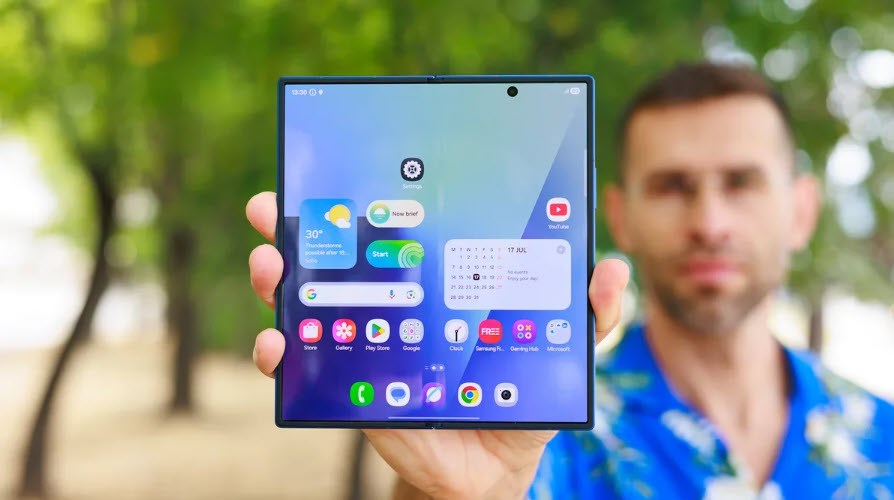
The current state of the foldable screen market
The Galaxy Z Fold7 and other recent high-end foldables have shown a clear step forward: better software optimization, higher durability, powerful configuration, smooth folding experience, and increasingly perfect design. These efforts by Samsung and other competitors have contributed to "changing the way users view" foldable devices - from "luxury" experimental products to devices with more practical value.
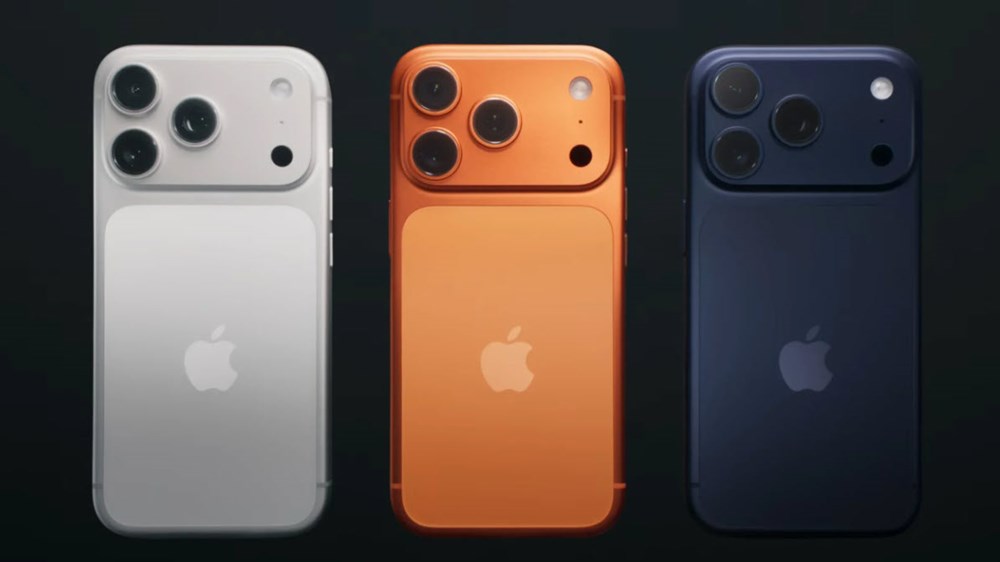
Apple – which has always pursued perfection in each product – can hardly stay out of this game if the foldable screen market continues to grow strongly.
iPhone Fold: Expectations and challenges
Expected
Premium design and stability: Apple can leverage its experience with the iPad mini, MacBook, and Apple Watch to ensure the hinge mechanism, materials, and foldable screen are durable and provide a smooth experience.
Software ecosystem and optimization: A big advantage for Apple if it launches the iPhone Fold is that it can adjust iOS software to adapt to the folding screen – better multitasking, stable split-screen apps, smooth folding/unfolding experience transitions.
Brand and user trust: With Apple's high position in reliability and after-sales service, a foldable iPhone, if launched, could immediately receive great attention - if it does not have basic flaws such as a poor screen assembly, an imperfect hinge, or a weak battery.

Challenge
Hinge mechanism: This is always a difficult factor in foldable devices. Durability, stability, dust resistance, and breakage resistance at the folding position are points that Apple needs to overcome.
Manufacturing costs and pricing: Using specialized components (high-quality folding screens, complex hinges) requires high costs – and Apple will have to consider pricing to maintain a premium brand but still feel reasonable to users.
Weight and thickness: A foldable smartphone is often heavier and thicker than a regular phone, especially when folded, making the handheld experience less comfortable if not well designed.
Battery performance and power consumption: Larger display when opened, more components can easily cause faster battery drain, hotter device — Apple needs hardware and software solutions to optimize consumption.

Real contact
The success of the Galaxy Z Fold7 has proven that if a foldable product is good enough — hardware, hinge, display, and software — then users are willing to accept a high price. Positive feedback about the smooth folding experience, the small but adequate camera inside the screen, and the overall solid design are the winning points in terms of market perception.
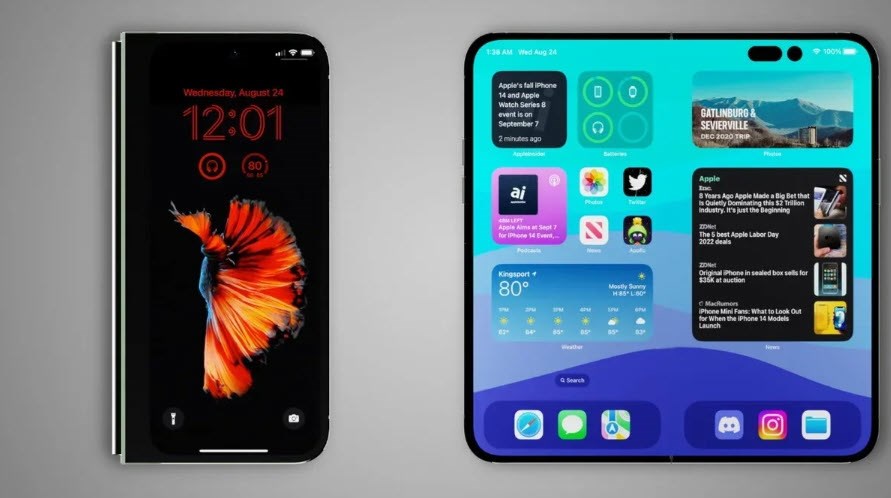
If Apple judges the trend correctly, the “iPhone Fold” could launch with significant improvements – or at least without making users feel like they’re using an “experimental” product. If not, Apple could step back and watch other competitors continue to refine and then release a more complete product.
There’s no official confirmation from Apple that it’s working on a foldable iPhone, but all signs point to the company listening to the market and possibly getting ready to enter the fray if the manufacturing, technology, and consumer needs align. Consumers and the tech world have every right to expect a foldable from Apple — but how successful it will be will depend on how Apple solves the unique challenges of foldables.
According to Toms Guide
Source: https://baovanhoa.vn/nhip-song-so/galaxy-z-fold7-truyen-cam-hung-cho-iphone-gap-dau-tien-cua-apple-169083.html




![[Photo] Prime Minister Pham Minh Chinh chairs meeting to deploy overcoming consequences of storm No. 10](https://vphoto.vietnam.vn/thumb/1200x675/vietnam/resource/IMAGE/2025/10/3/544f420dcc844463898fcbef46247d16)


![[Photo] Students of Binh Minh Primary School enjoy the full moon festival, receiving the joys of childhood](https://vphoto.vietnam.vn/thumb/1200x675/vietnam/resource/IMAGE/2025/10/3/8cf8abef22fe4471be400a818912cb85)





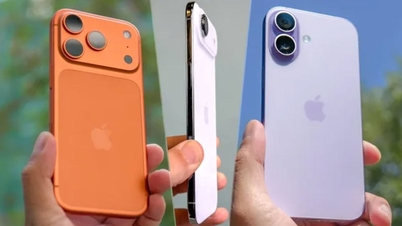



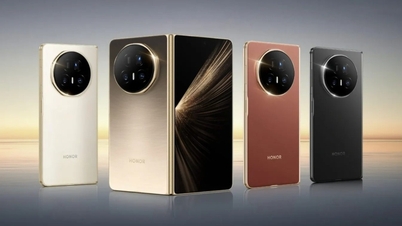





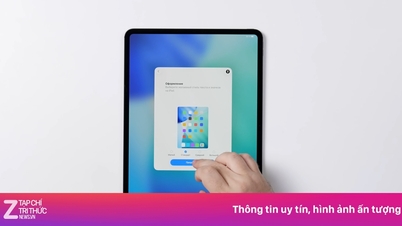

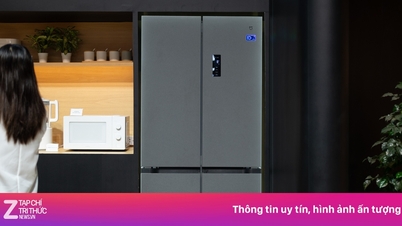




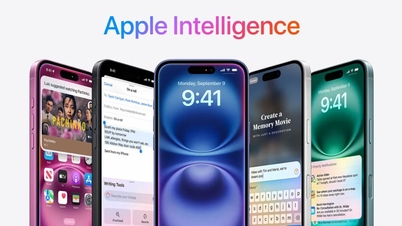










































































Comment (0)